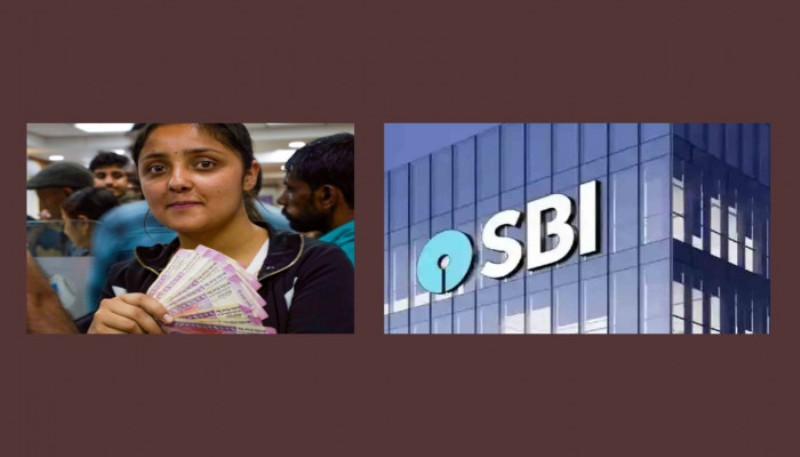Mumbai: A new research report by the State Bank of India (SBI) has revealed a strong surge in the involvement of women in India’s formal economy. The report highlights the growing participation of women as taxpayers, business owners, and deposit holders across the country.
According to the report, one in every five GST-registered taxpayers in India has at least one female member, while 14% of GST taxpayers consist entirely of female members. This, SBI says, signals an important shift in women’s economic empowerment and increasing engagement in business.
Women Power in the Tax Net
Women now account for 15% of all income taxpayers in India. They also hold 40% of the total bank deposits, showing how financial inclusion is deepening.
The study also points to a rise in women’s participation in the corporate space, with more Limited Liability Partnerships (LLPs) and Private Limited Companies being formed with women as directors or partners.
GST System Sees Rapid Expansion
The number of active GST registrations in India has reached 1.52 crore as of May 31, 2025. This includes:
- 1.33 crore normal taxpayers
- 14.8 lakh composition taxpayers
- 20,578 input service distributors
- 22,835 tax collectors at source
- 3.7 lakh tax deductors at source
- 3,808 others
The total number of registered taxpayers now stands at 1,52,23,716.
GST Collections Hit New Highs
SBI’s report notes that monthly GST collections now exceed ₹2 lakh crore, having doubled in just five years. This steady rise has strengthened India’s fiscal health, while making the tax system more transparent and efficient.
Top States Lead Revenue Contribution
The top five states contribute around 41% of India’s gross GST revenue. Six states have already crossed the ₹1 lakh crore mark in annual collections. These states also show a higher share of IGST (Integrated GST), contributing over 30% to their total GST revenues, showcasing the role of large states in supporting national collections.
GST Helped Narrow Price Gaps Across States
SBI’s report also studied how GST has affected inflation convergence across states. Using a year-wise quantile regression analysis from FY21 to FY25, it found that inflation rates have become more aligned across Indian states.
By FY25, there was clear convergence across all price levels, showing that GST has helped create a more balanced and unified national market.
This SBI report underlines how GST is not just a revenue tool but also a vehicle for social and economic transformation, particularly by empowering women and bringing uniformity in India’s vast and diverse economy.
Tags: #WomenInEconomy #GSTIndia #SBISurvey #WomenTaxpayers #WomenEntrepreneurs #GSTCollections #IndianEconomy #FinancialInclusion #InflationConvergence #WomenEmpowerment #AtmanirbharBharat #BankingIndia #TaxReforms #SBIReport2025










